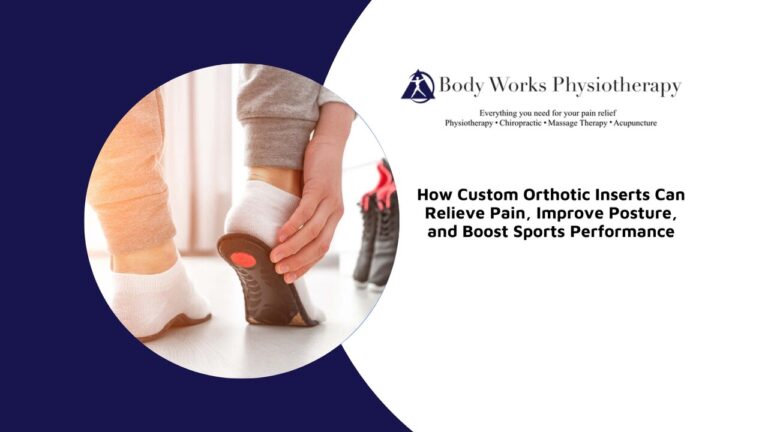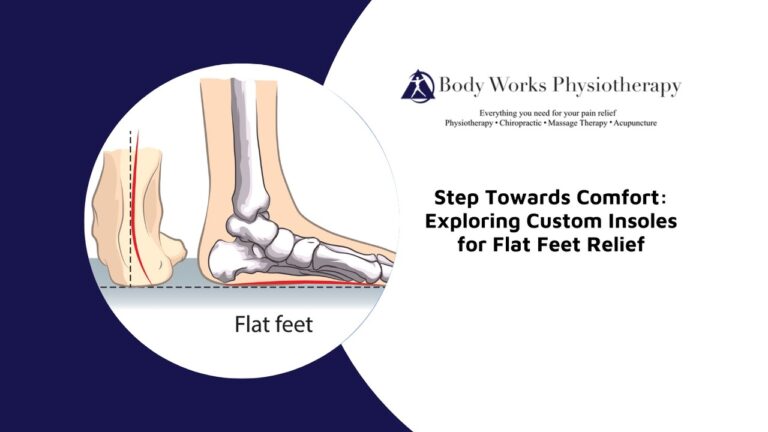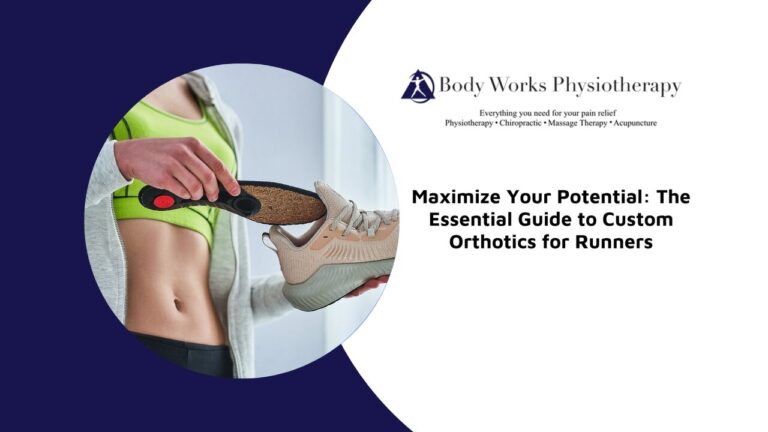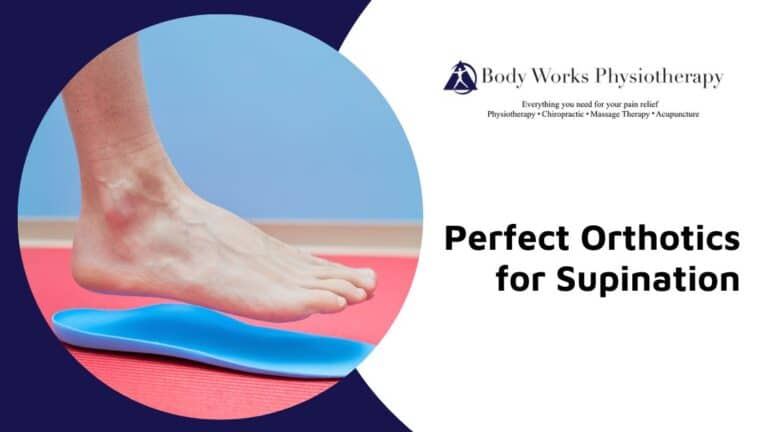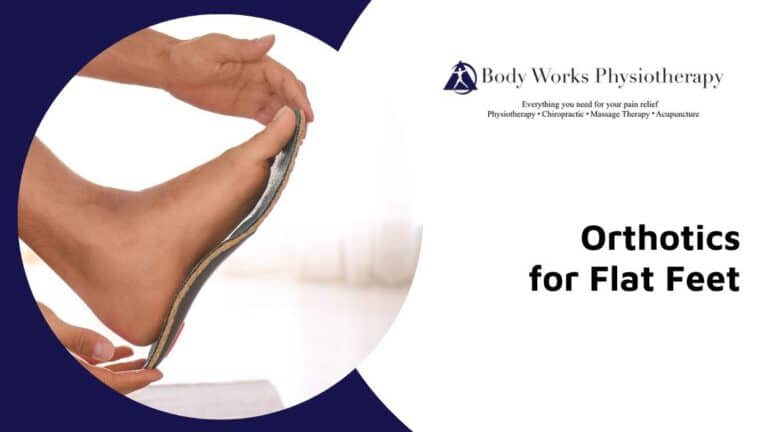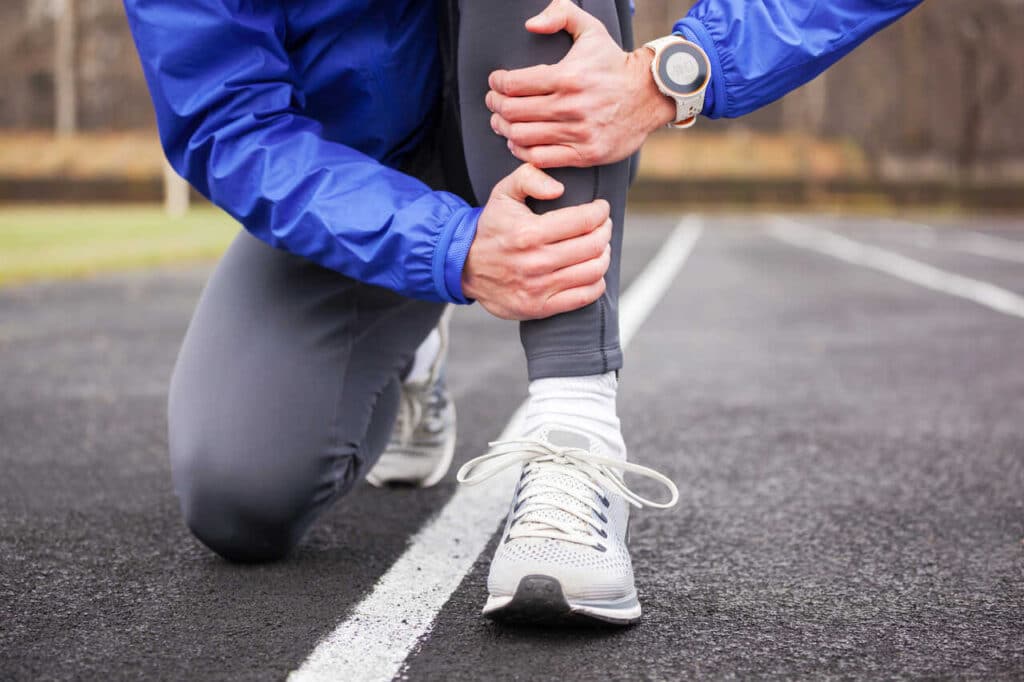
If you’ve ever experienced the sharp, aching pain of shin splints, you know how it can disrupt even the simplest activities. For many, shin splints are a recurring issue, often triggered by high-impact activities and biomechanical imbalances in the feet and legs. Custom orthotics offer a personalized solution that targets the root causes of this condition, offering both relief and a path to long-term prevention. By understanding how custom orthotics work and their benefits for shin splints, you can take proactive steps toward healthier, pain-free movement.
How Custom Orthotics Help with Shin Splints
Custom orthotics help relieve shin splints by providing proper support to the foot, which reduces stress on the muscles, tendons, and bones in the lower leg. They are specifically designed to correct imbalances in foot alignment, helping to distribute pressure evenly across the foot and improving overall biomechanics. By addressing issues like overpronation or flat feet, custom orthotics can reduce the strain that leads to shin splints, allowing the tissues to heal and preventing further injury.
Custom orthotics can help prevent the recurrence of shin splints by addressing the root causes, such as improper foot mechanics and overpronation. By correcting these issues, orthotics reduce the repetitive stress placed on the shin muscles and tendons during activities like walking, running, or sports. Over time, this improved alignment and support significantly lowers the chances of re-injury, making custom orthotics a key tool in both treatment and prevention.
Addressing Shin Splints: Custom Orthotics vs. Store-Bought Insoles
While store-bought insoles offer some cushioning, custom orthotics provide a tailored solution to the specific needs of your feet.
- Personalized Support and Alignment: Custom orthotics are created based on a detailed assessment of your foot structure, walking gait, and any underlying conditions contributing to your shin splints. This personalized design ensures better support, alignment, and long-term relief.
- Enhanced Shock Absorption: Additionally, custom orthotics are made from higher-quality materials, specifically chosen for their cushioning and shock-absorbing properties, ensuring they provide more consistent support compared to generic insoles.
- Corrective Design for Biomechanical Imbalances: Custom orthotics address any biomechanical issues that could contribute to shin splints, such as overpronation or flat feet. By correcting these imbalances, custom orthotics improve the alignment of your feet and legs, allowing for a more efficient and pain-free gait.
- Increased Longevity: Unlike store-bought insoles, which may wear down quickly, custom orthotics are crafted to be durable and withstand daily use. This longevity makes them a worthwhile investment for those who suffer from chronic shin splints and need reliable support over time.
How Athletes Benefit From Custom Orthotics for Shin Splints
Athletes who engage in high-impact activities like running, soccer, or basketball are especially prone to shin splints due to the repetitive stress on their lower legs. Custom orthotics can offer tailored support, improve foot and leg alignment, and absorb shock during intense activity, reducing the risk of shin splints and other overuse injuries. By ensuring proper biomechanics, custom orthotics help athletes perform better while minimizing the chances of injury.
Getting Fitted for Custom Orthotics: What to Expect
During your consultation for custom orthotics, you can expect a comprehensive assessment to ensure the orthotics are tailored to effectively treat your shin splints and provide optimal support. Here’s a breakdown of what typically happens:
- Initial Discussion of Symptoms and Lifestyle: During a consultation for custom orthotics, a healthcare professional will perform a comprehensive assessment, which includes reviewing your medical history and symptoms.
- Biomechanical Analysis: The healthcare professional will then examine your feet, ankles, and gait to identify any biomechanical issues, such as overpronation or uneven weight distribution, that may be contributing to your shin splints.
- Foot Scanning or Moulding: The next step involves a 3D scan or casting of your feet to create custom orthotics designed to address your specific needs. The healthcare professional will either use a digital scanner or create a physical mould of your feet. This captures the unique contours and arches of your feet, ensuring the orthotics are customized to your specific needs.
- Discussion of Orthotic Design and Materials: Based on the findings, the healthcare professional will explain the materials and design of the orthotics, including cushioning, support levels, and any additional features that may benefit you. The consultation also includes discussions on how the orthotics will work with your current footwear and activity level to provide the best results.
How Long Does It Take to See Improvement in Shin Splints With Custom Orthotics?
Most people begin to notice improvement in their shin splints within 2 to 6 weeks of using custom orthotics, depending on the severity of the condition and adherence to other recommended treatments, such as stretching and strengthening exercises. The immediate support provided by the orthotics helps reduce pain and discomfort, while long-term use helps correct biomechanical issues that contribute to shin splints.
Maintaining Custom Orthotics: Essential Tips for Maintenacne
Proper care and maintenance of your custom orthotics are essential to ensure they remain effective and last as long as possible. Here’s how to keep them in top condition:
- Regular Cleaning: To keep your orthotics hygienic and free from odour, clean them regularly with a damp cloth and mild soap. Avoid submerging them in water, as excessive moisture can degrade some materials. Air-dry them away from direct sunlight or heat sources to prevent damage.
- Avoid Excessive Heat: Keep your orthotics away from direct sunlight, heaters, or any source of high heat, as it can warp or damage the materials. Instead, store them in a cool, dry place when not in use to preserve their structure.
- Replace Insoles as Needed: Over time, orthotics may show signs of wear and reduced effectiveness. You should regularly check for wear and tear, and consult with your healthcare professional about when to replace or adjust them. This is especially important if you notice a return of shin splint symptoms or a change in the orthotic’s shape. It’s recommended to replace them every 1 to 2 years, or sooner if you notice changes in comfort or support.
By following these care tips, you can extend the life of your custom orthotics and maintain their effectiveness in managing shin splints.
Walk, Live, and Play With Confidence
Taking the first step towards lasting relief from shin splints can be as simple as booking a fitting session for custom orthotics. At Body Works Physiotherapy in Scarborough, our team will provide a thorough assessment of your foot mechanics, offer guidance on footwear, and fit you with orthotics tailored to your unique needs. Whether you’re an athlete or simply looking to stay active without pain, we’re here to support your journey to recovery and prevention. Don’t let shin splints hold you back any longer—contact us today and start moving toward a more comfortable, active life!

